Gull:-
The gulls have a worldwide cosmopolitan distribution. They breed on every continent, including the margins of Antarctica, and are found in the high Arctic as well. They are less common on tropical islands, although a few species do live on islands such as the Galapagos and New Caledonia. Many species breed in costal colonies, with a preference for islands, and one species, the Grey Gull, breeds in the interior of dry deserts far from water. There is considerable variety in the family and species may breed and feed in marine, freshwater or terrestrial habitats.
Most gull species are migratory, with birds moving to warmer habitats during the winter, but the extent to which they migrate varies by species. Some species migrate long distances, like the Franklin's Gull, which migrates from Canada to wintering grounds in the south of South America. Other species move much shorter distances and may simply disperse along the coasts near their breeding sites
The gulls have a worldwide cosmopolitan distribution. They breed on every continent, including the margins of Antarctica, and are found in the high Arctic as well. They are less common on tropical islands, although a few species do live on islands such as the Galapagos and New Caledonia. Many species breed in costal colonies, with a preference for islands, and one species, the Grey Gull, breeds in the interior of dry deserts far from water. There is considerable variety in the family and species may breed and feed in marine, freshwater or terrestrial habitats.
Most gull species are migratory, with birds moving to warmer habitats during the winter, but the extent to which they migrate varies by species. Some species migrate long distances, like the Franklin's Gull, which migrates from Canada to wintering grounds in the south of South America. Other species move much shorter distances and may simply disperse along the coasts near their breeding sites

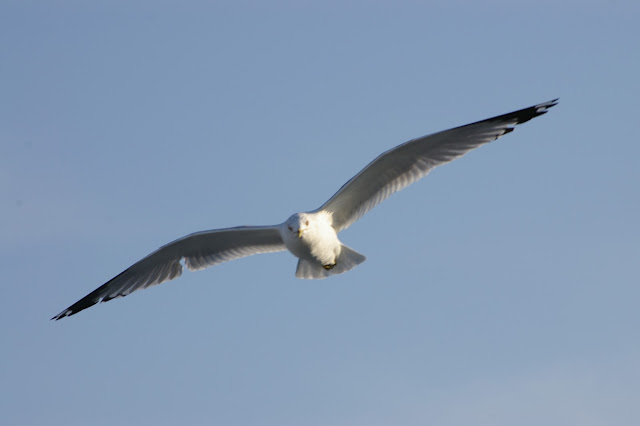
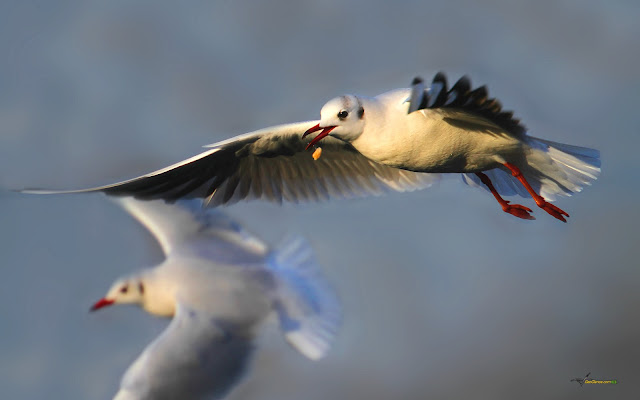





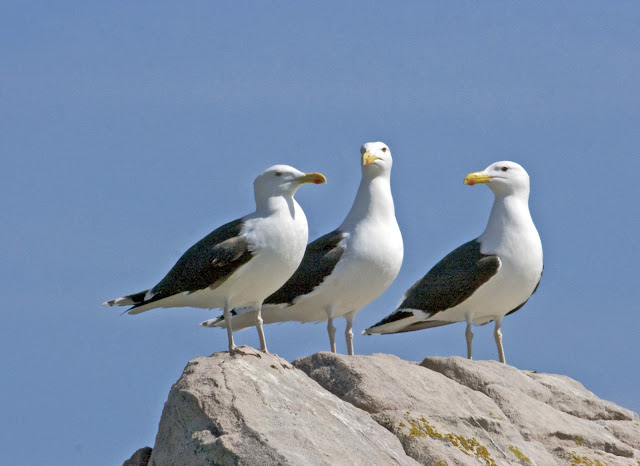
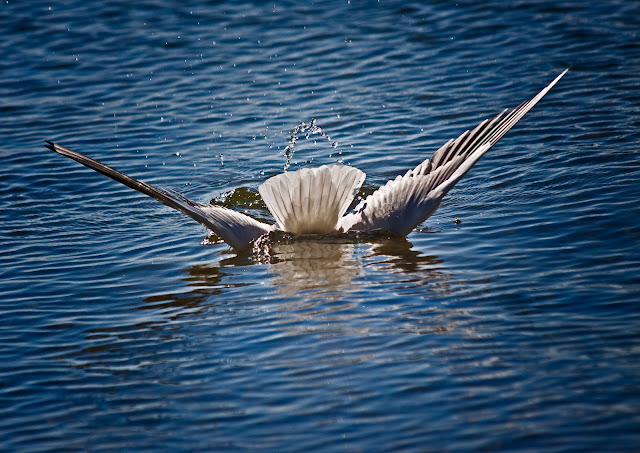

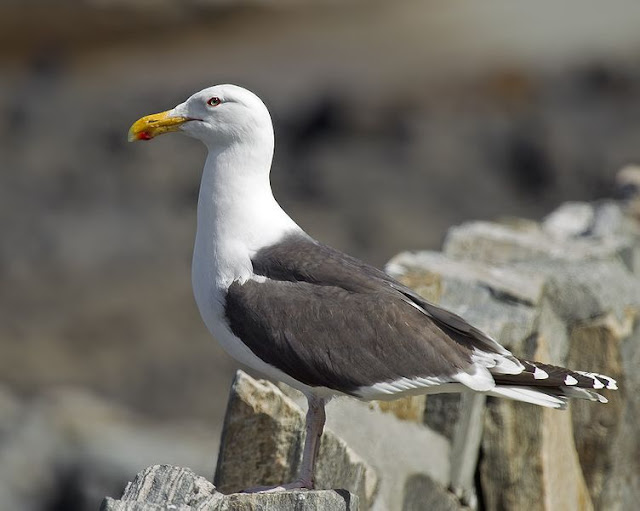
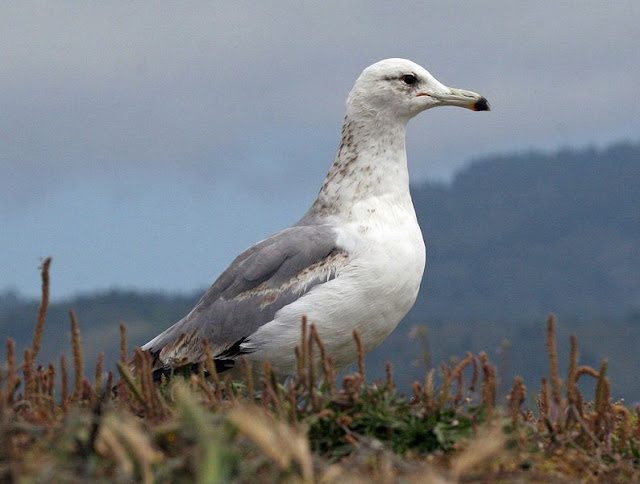



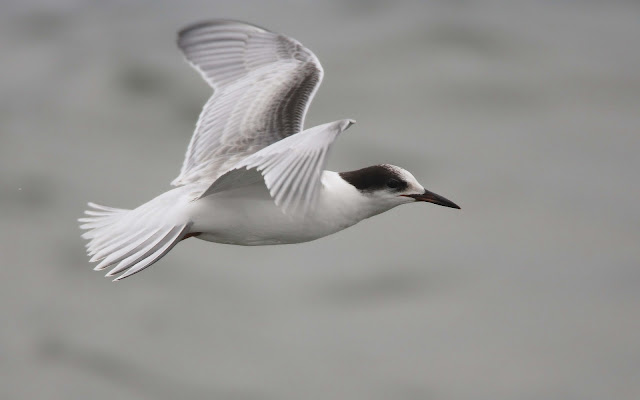

No comments:
Post a Comment